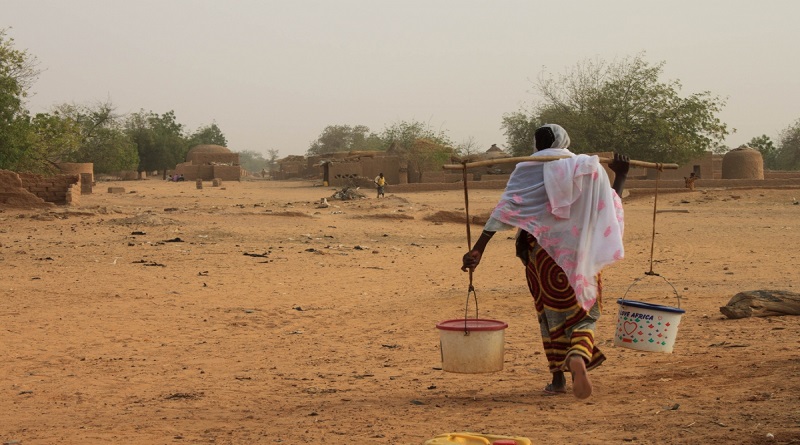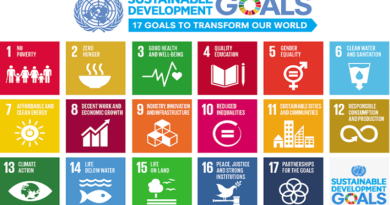Economic slowdown threatens prospect of first sustainable development goals-Report
The deteriorating global economic outlook in developing countries may jeopardised efforts to eradicate extreme poverty by 2030- the first United Nations Sustainable Development Goals (SDGs), a new study released recently has found.
Prior to this time, the robust economic growth in developing countries-which far outpaced that of most high-income countries- contributed mightily to achieving the United Nations Millennium Development Goal of cutting extreme poverty by half five years ahead of its 2015 deadline.
The study by the International Food Policy Research Institute (IFPRI), conceptualized and financed by the International Fund for Agricultural Development (IFAD), takes into account changes in projected growth rates in both key driver economies such as the United States, Europe, and China and in many developing countries. It estimates that the extreme poverty rate in 2030 will be 5.2 percent, not the 4.8 percent projected without the global economic downturn. This will leave an additional 38 million people still living on less than $1.90 a day, the benchmark for extreme poverty, in 2030.
“The economic slowdown doesn’t mean that the poverty rate won’t decline substantially between now and 2030,†said David Laborde, senior research fellow at IFPRI. “But the economic downturn is hindering the effort to fight extreme poverty. And if we are serious about completely eliminating absolute poverty, we’ve got to identify the right policies and investments to raise the incomes of poor people and reduce their vulnerability to shocks, especially in rural areas.â€
Rural areas, where most of the world’s 900 million poor people live, will be hit hardest, with poverty both higher than in urban areas and more adversely affected by the slowdown, the study finds.
“This study shows that the gains we have made in rural poverty reduction in the past 25 years are seriously jeopardized by the recent economic slowdown,†said Rui Benfica, Lead Economist with the Research and Impact Assessment Division at IFAD. “If we want to eradicate extreme poverty, we have to focus our investments on rural areas where the majority of poor people live. Through the right investments, policies and programs, we need to sustainably increase agricultural productivity – a key contributing factor to rural income growth. Promoting economic diversification and trade will also be critical to continue to move rural people out of poverty.â€
The IFPRI researchers used economic modeling and built on projections from the International Monetary Fund to assess the impact of a projected global economic slowdown through 2030 on poverty. They analyzed key impacts of the economic downturn on the poor—especially declining productivity, reduced saving and investment, and changes in wages and consumer prices.
The projections offer a gloomy look at the world’s struggle to eliminate poverty, its prospects complicated by an unstable global economic environment, including events such as Brexit, large-scale migrations due to wars or climate shocks, and other problems that threaten growth.
Almost all of the countries with large numbers remaining in extreme poverty in 2030 will be in sub-Saharan Africa or South Asia, the study shows. Worldwide, more than 130 out of 189 countries will experience reduced income growth, the projections show, with the average global GDP growth rate falling from 4.1 percent to 3.1 percent between 2011 and 2030. That one percentage point per year difference will effectively trap tens of millions of people in extreme poverty, unless additional steps are taken to address their predicament.
“Growth alone may not be enough to meet the SDG goals of eliminating poverty and hunger,†said Will Martin, senior research fellow and co-author of the study. “With the deterioration in the economic outlook, an even stronger focus on policies for poverty reduction will be vital for achieving the first Sustainable Development Goal of eliminating poverty.â€




